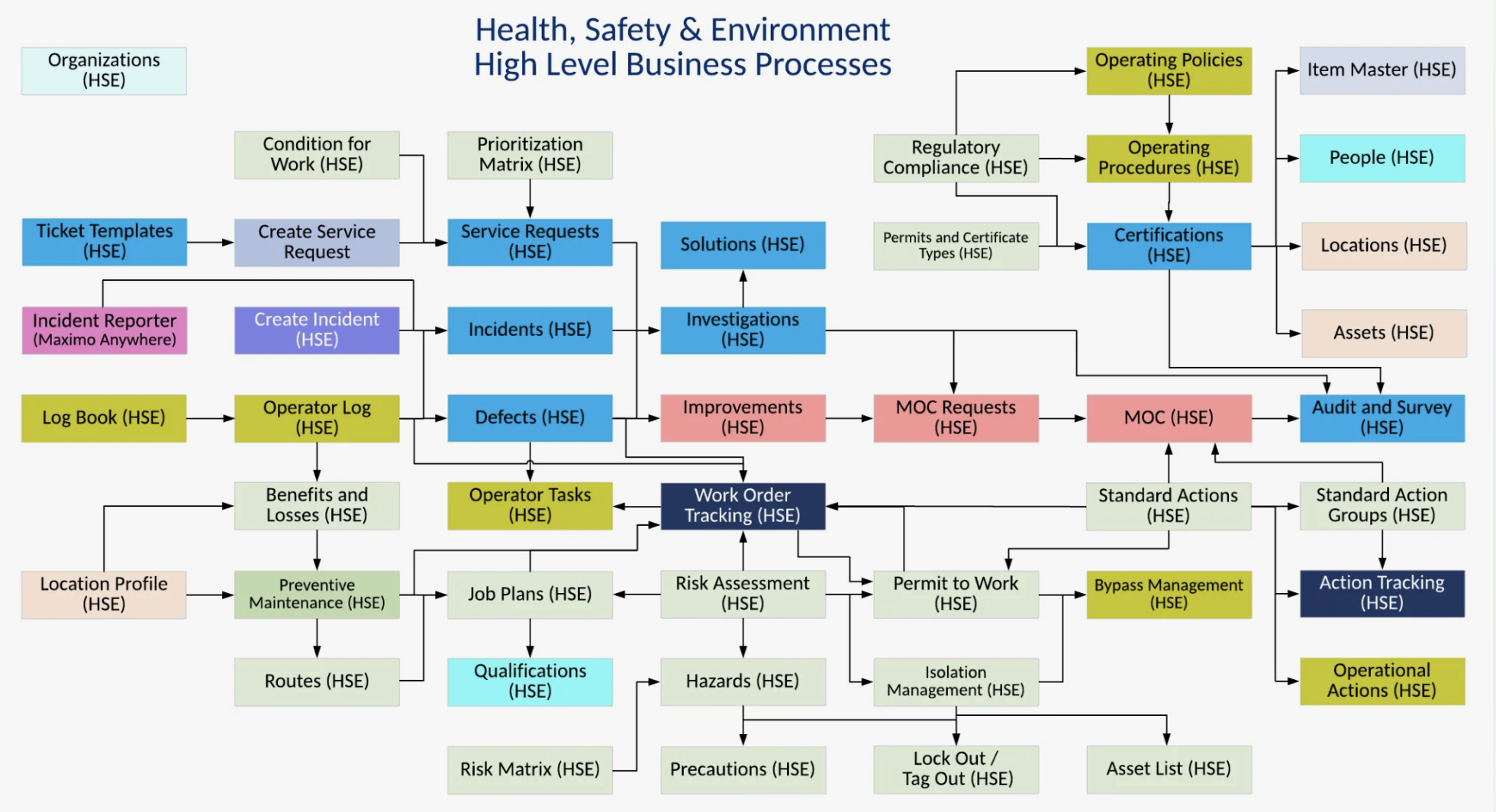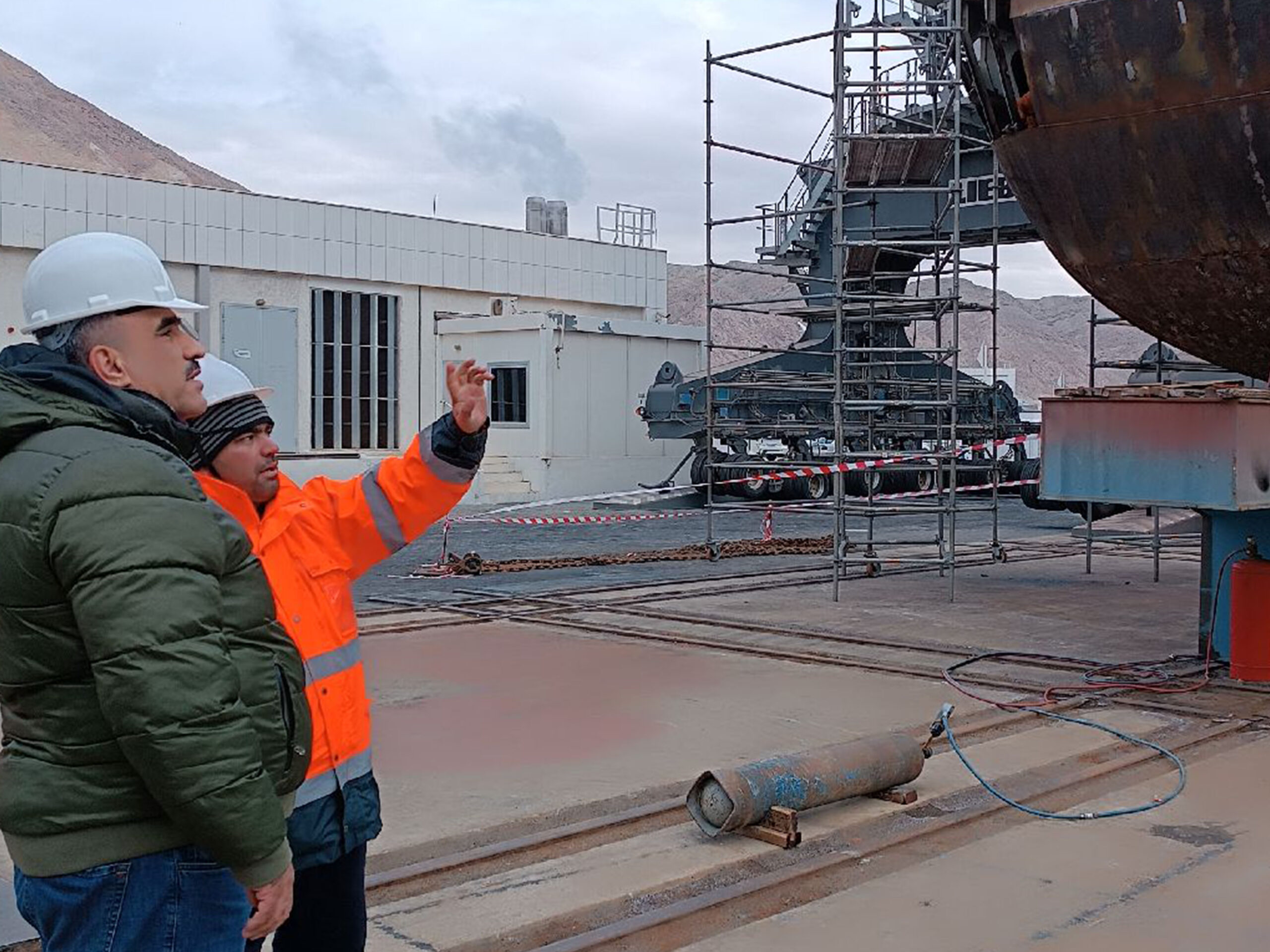Catalogue
Download company service catalogue
Download PDFIf You need any help contact us please
+993-12-400048IMPLEMENTATION AND ORGANIZATION OF OCCUPATIONAL HEALTH AND SAFETY
Occupational health and safety is a priority socio-economic direction of modern company development
Taking into account the current situation, the task of creating a labor protection management system (LPMS) becomes extremely important for responsible and rationally thinking managers, which is only an integral part of the LPMS system). Also the presence of implemented OHSMS allows organizations to successfully pass certification for compliance with international standards and work with major foreign partners.
Each step contains tasks:
- Planning: as part of this step there is an important subtask - analysis of the current state of harmful factors, occupational risks and hazards, assessment of available and necessary resources, distribution of responsibilities between structural units and specific employees, formation or adjustment of regulations in the field of OHS.
- Execution: involves the most accurate execution of the tasks agreed upon at the Planning stage.
- Verification: a very important stage, the purpose of which is not only the normal control over the execution of tasks of the “Execution” stage, but also the analysis of how much the implemented tasks have led to the expected result. In some cases, both in-house subject matter experts and external auditors are involved at this stage. At this stage it is important to be as open as possible, so that the final evaluation reflects the actual realities.
- Improvement: the final stage, which is the beginning of a new turn in the OHSMS system, at which the corrective actions formulated at the “Verification” stage are implemented, taking into account the analysis of the effectiveness of the tasks performed.
Strategy development and implementation
We will analyze the market, help develop the company's strategy, create a roadmap, think through the implementation of the strategy in the corporate culture and activities of each department, support the management team.
Topical issues in the implementation of HSE and ways to solve them
All of the above and many other factors lead to a number of questions: - How to move from legislative requirements to practical application at the enterprise?
- How to ensure a sufficient level of control over compliance with mandatory safety requirements?
- How to receive information on all key aspects of safety as quickly as possible, while distributing powers taking into account the distributed structure of the enterprise?
- How to promptly and efficiently generate regulated reporting, which is becoming more complex and voluminous every year?
Results of the system implementation in the field of labor protection
- Reduce the level of injuries, occupational diseases, accidents and emergencies by increasing the transparency and efficiency of preventive measures and the system of control over their implementation.
- Ensure a unified cycle of steps to ensure Production Control at the Company at all hierarchical levels.
- Increase the speed of interaction of responsible specialists within the system contour being created, as well as with related services
- Reduce HSE costs due to effective planning tools and calculation methods
- Reduce the probability of detection of new and repeated violations and, as a consequence, of receiving instructions and penalties from supervisory authorities due to systematization and control over compliance with the requirements.



